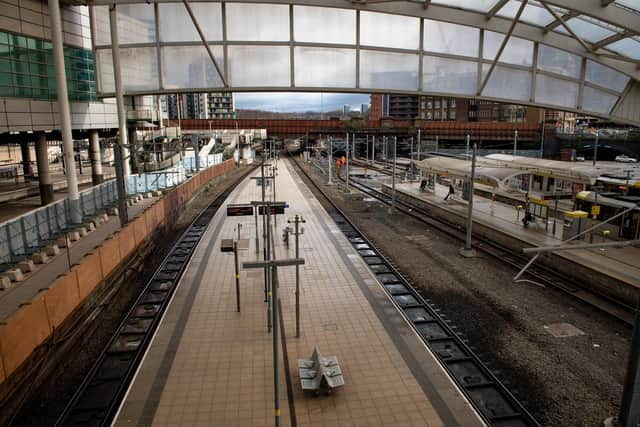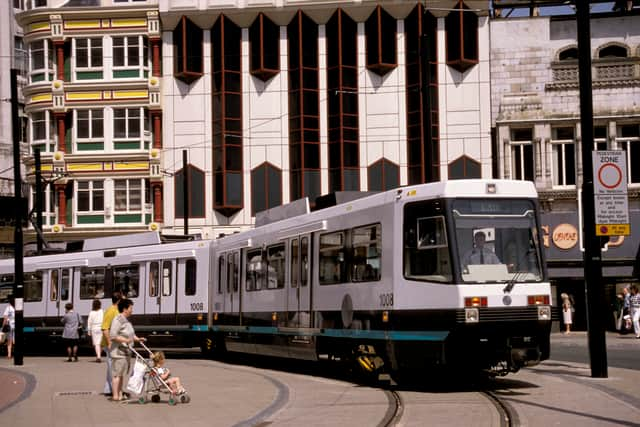Forget the Metrolink - Manchester could have been connected by underground 'Picc-Vic tunnel' in lost vision
and live on Freeview channel 276
If you’re getting around Manchester on public transport in 2024, you’ll be well accustomed to yellow trams and buses. The trams especially have become a more frequent feature of Manchester streets and those of towns further afield.
Yet back in the 1960s, plans were put forward that could have given the public transport system in Manchester a very different look. An underground railway line was suggested, planned, and came close to having construction started on it towards the end of the decade. This would have been the ‘Picc-Vic tunnel’ and it would have changed how Mancunians got around their city, forever.
Advertisement
Hide AdAdvertisement
Hide AdIn the 60s, a problem had arisen for people within Manchester. People were finding that it was becoming increasingly difficult to get across the city, with a need to get from the north of Manchester to the south a particular issue.
The answer to this problem was to be the ‘Picc-Vic Tunnel’, an underground train line which was to run from Victoria Station in the north to Piccadilly Station in South Manchester. The plans were first devised in the early 1970s, and they included five new train stations along the line.


The new train stations
Two of these new stations would have been low-level platforms at both Victoria and Piccadilly. Details on the location on the other stations is as follows:
Market Street (or Royal Exchange)
The station would have been beneath the junction of Corporation Street, Cross Street, and Market Street. It would have been a connection to the Arndale Centre.
Albert Square/St. Peter's Square/ Central
Advertisement
Hide AdAdvertisement
Hide AdThe station would have served the popular entertainment and culture areas of the city. As well as having six entrances, the station would have had a bus interchange.
Princess Street/ Whitworth
This station would have been on the current site of Whitworth House. Its locality to the college would have made it a popular stop for students.
The outcome of the project
Through the 1970s, planning and preparation on the Picc-Vic tunnel gained momentum but, like is sometimes the way with projects on this scale, money ran out. By the middle of the decade, it was realised that the underground excavation needed was to cost a huge amount of money and, in 1977, the Manchester Picc-Vic tunnel was officially cancelled.
Over the next five years, Manchester continued to be connected only by bus services. That was until 1982, and the first concept plans for the Metrolink were created. When the network first opened in 1992, it was well on its way to answering a question many thought the Picc-Vic tunnel would have. Over the years the Metrolink has gone one to expand across Greater Manchester.


Advertisement
Hide AdAdvertisement
Hide AdInitial archaeological work on the underground route got underway, and remnants of this were discovered by Manchester University Academics in 2012. They came across a tunnel built under the Arndale Centre, a tunnel that would have connected the shopping centre to the new underground train station.
The hurdles ahead of the Picc-Vic tunnel made it look as though issues were going to be regular, but there’s no denying that Manchester would look very different had it been completed. There would have been less need for the Metrolink around Manchester especially, and there could well have been extensions to an underground rail network that could have stretched under huge areas of the region.
